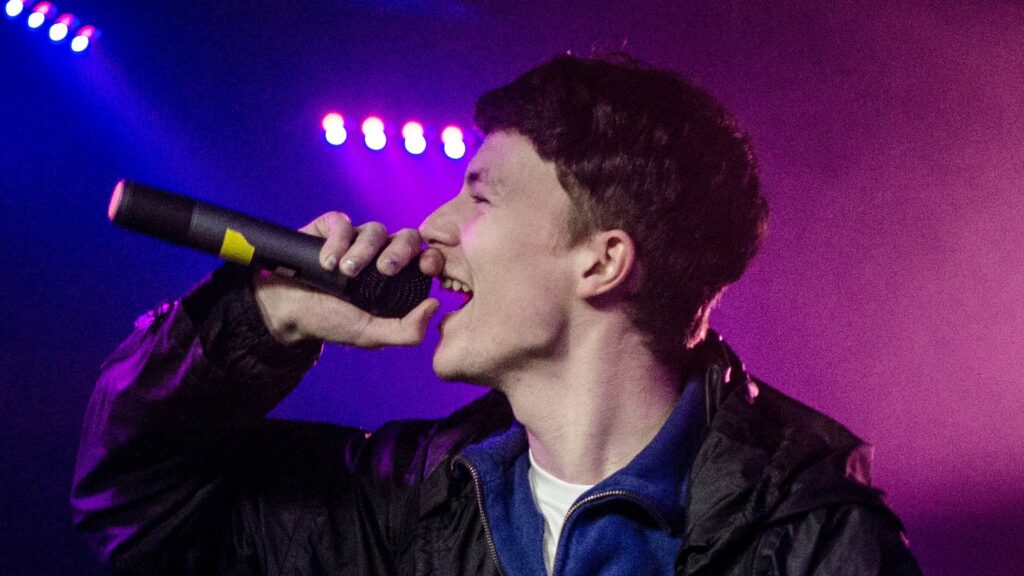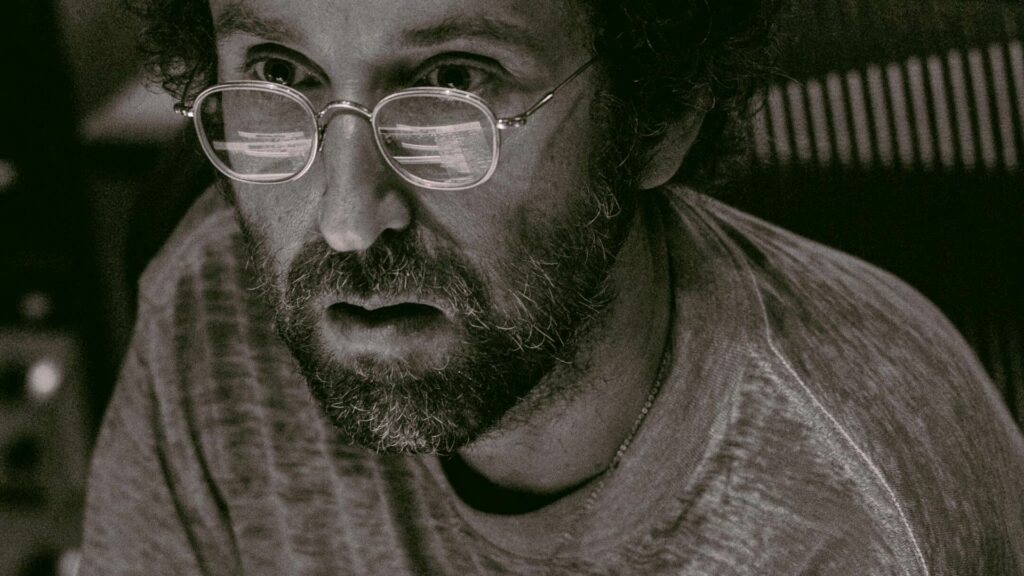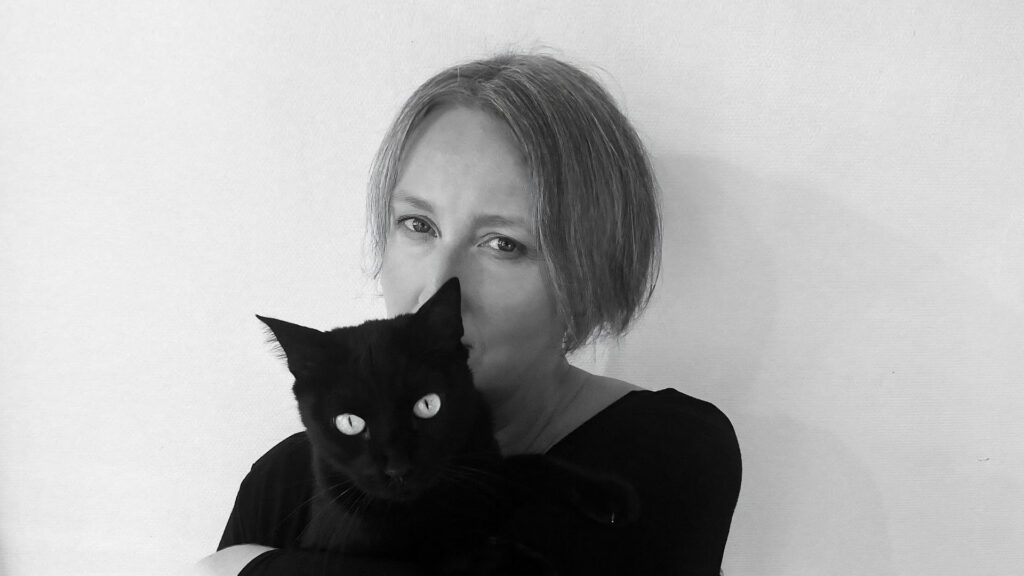Before the controversial nonpareil of fast fashion racked consumer consciousness everywhere, it was not uncommon to hear the words, “I’m going shopping this weekend…” To say, once upon a time, leisure was associated with the consumption of goods and services burnt off in a ritual we once called, ‘retail therapy’. I suppose it was later deemed morally reprehensible to consume outside of one’s immediate needs in a societal turn towards an ethical productivism which occurred in a post-2008 epoch governed by that orbital bomb of worldwide debt owed to the Decepticons. And so, in those processes of ethical productivism quite obviously designed to outmatch an economic one, hating on Primark became the intellectual equivalent of shooting fish in a barrel, where a slow news day could be alleviated by telling people just how shit they were for buying cheap dresses.
Soon enough, the beyond good and evil sovereignty of that confession – “I’m going shopping this weekend…” – was replaced with the whispering casuistry of, it’s okay to consume if you’re just passing through. In other words, in order to successfully circumnavigate the criticism inherent to the most depraved forms of (popular) consumption, those same clothing companies started to emulate the aesthetic outlay of the transitional space when it came to the design and appearance of their high street stores.
Whilst the colourless detachment of H&M seems like the conspicuous instance of this emergent strategy in high street fashion, my local Primark emulates the hyper-neutral interiority of the nonplace to an extreme degree by positioning itself as a literal threshold between a dying mall and the cloudier world of the high street outside. In these high street stores the libidinous surplus of the gym meets the soundscapes of minimalista bars in the ecstasy of a permanent happy hour, where stylised mannequins replace bodies on tiled floors gleaming with the clinical whiteness of a user interface. Like a casino full of shiny surfaces – there are hardly any windows – the shop floor holding the same hostility to the natural cycles of night and day; a territory where mirrors fold fluorescent light onto itself in the forever space of an artificial world. It could be said that these nonplaces appear strange only in the darkness of after-hour storefronts, where a scrubland of polyester emerges in the twilight sun of a desert plain, coats hanging from rail hooks like lions hiding in long grass.
Brushing up against the abstractivity of this nonplace by night is the practicality of the day in contrast. Imagine these interiors littered with the remnants of pandemic installed procedures made observable in a series of half-empty hand sanitisers and floors of peeling tape – disappearing in real-time – once yellow, and now fading against the pervasiveness of blue fonts; their warm-cold turquoise made to facilitate the naturalisation of blue staff left standing behind transparent partitions. It is this half-appearance of hand sanitisers – the relics of an essential business – the seemingly sterilised, plastic architecture of a post-Covid world that supplies this entire shopping experience with the semiotic auguries of an airport terminal. And like the alabaster and granite statues that appear throughout our histories, the hollowness of the shop floor mannequin accounts only for the way we were. Bleached bone and sometimes grey-skinned like the aliens that fell to earth at Roswell – they have become sardonic reflections that stand guard like ticket inspectors. Both a parody of fashion’s malnourished body and a surreptitious reflection held towards the lack of meaningful human interaction that occurs in these places, mannequins appear as a congregation of bodies frozen in Medusa’s Garden, dummies watching over the masses with their retinas deterritorialized into the surveillance cameras’ omnipresence.
Nevertheless, I have seen how voile with a strawberry print can take on the appearance of a waterfall, a shimmering oobleck of clothes on chrome, fabrics hanging with the softness of their scalloped edges. It is remarkable how dresses embrace the slopping arms of those heavy-duty garment racks that run as parallel as the tracks that pass-through train stations. There is in the colour to match the seasons – the pleasant smell of fabric – the pools of shimming chrome, a profound sense of placelessness to match the placelessness of the entire world. To say, there is behind all of this a deep sense of the weird and the eerie made congenial with hyperreality.
Mark Fisher’s writing on The Weird and the Eerie – as with all his works –are inextricably connected to a very anhedonic relating of a bygone world before neoliberal ruin, where those phenomena Fisher once recounted as disorientating to reality have since become almost entirely normalised within the culture, dare I say, even comforting to some in the way they appear ever-present, offering themselves as a stabilising presence on the other side of that symbolic order of things, where ours is today a reality that exists in lieu of all absences.
As Fisher writes on page thirty-five, ‘We could go so far as to say that it is the human condition to be grotesque, since the human animal is the one that does not fit in, the freak of nature who has no place in the natural order and is capable of re-combing nature’s products into hideous new forms.’ If this reality is – as Fisher argues – imbued with a sense of being both weird and eerie, it is only because it is radiating the integral characteristics of those delirious engineers who work themselves away in the backrooms of reality. Therein, the fact that anything could exist behind the nature of these appearances actually ends up reinforcing the appearance, rather than undermining it – and so, where the spirit of reality is hollowed out, the weird and the eerie inevitably falls into place. To say, it is my contention that these phenomena no longer offer themselves as forms of ontological subsidence but come today as a means of furthering the connective tissue, the distinct modes that predicate the nature of this hyperreality as a condition that feeds off the fever dreams of a consensus delirium made observable in the miscibility of Primarni Shanzhai.
Next story


